Blue and White porcelains of the Edward (Ted) Wrangham Collection of Chinese Art
A blue and white barbed-rim dish. Early 15th century
Boldly painted in rich dark tones of blue at the centre with five various flower heads in a symmetrical meander issuing single leaves, the petal-moulded well with twelve petals each containing a single curling leafy flower head on a stem, the everted rim with simple continuous floral meander beneath the barbed rim, the underside similarly decorated on each of the twelve petals with an upright single leafy blossoming shrub. 33cm (13in) wide. Estimate: £25,000 - 35,000, HK$310,000 - 440,000
Provenance: purchased from Eskenazi Ltd., London on 15 June 1972 for £1,800
Edward (Ted) Wrangham, O.B.E. (1928-2009) Collection
Five very similar dishes (each 34cm diameter) with the same barbed rim, moulded cavetto and central scrolling floral scroll were donated to the Ardebil Shrine by Shah Abbas the Great of Persia in 1611, see one illustrated by J.A.Pope, Chinese Porcelains from the Ardebil Shrine, Washington, 1981, pl.36, fig.29.117. Two other very similar examples (each 33cm diameter) in the Topkapi Saray Museum, incised with an Arabic inscriptions reading 'Narinci' and 'Sultan Ibrahim' and drilled owners' marks are illustrated by R.Krahl, Chinese Ceramics in the Topkapi Saray Museum, Istanbul, Vol.II, London, 1986, pp.512-3, fig.602.
Another similar dish of slightly larger size (34.3cm diameter) and painted with a wave pattern at the rim in the Percival David Foundation Collection, now housed in the British Museum, is illustrated by M.Medley, Illustrated Catalogue of Underglaze Blue and Copper Red, London, 1976, pl.V (top centre image) and discussed on p.34.
The barbed rim and moulded cavetto can also be seen on a larger dish in the Peabody Essex Museum, illustrated by J.C.Y.Watt and D.Patry Leidy, Defining Yongle. Imperial Art in Early Fifteenth Century China, New York, 2005, pl.1 and another illustrated by J.Carswell, Blue and White. Chinese Porcelain Around the World, London, 2000, fig.99. Compare another similar dish, dated to the Yongle Period, of similar size illustrated in Chinese Porcelain. The S.C.Ko Tianminlou Collection, Vol.I, Hong Kong, 1987, pl.8. Compare also another barbed-rim dish, given to the British Museum by Mrs Walter Sedgwick, illustrated by J.Harrison-Hall, Ming Ceramics in the British Museum, London, 2001, p.116, fig.3:35, where it is noted that a large dish of this shape was excavated at the Yongle stratum at Dongmentou, Zhushan, Jingdezhen in 1994.
A dish of this type was sold at Sotheby's Hong Kong, 8 April 2009, lot 1670. Another was sold in the same rooms, 8 October 2006, lot 1159.
A small blue and white 'chicken-head' globular ewer, 16th century
The globular body set with chicken-head spout and chicken-tail handle painted around the body with thin leafy section of meandering daisy and peony above a band of simple lappets at the slightly recessed foot. 11cm (4½in) wide. Estimate: £2,500 - 3,500, HK$31,000 - 44,000
Provenance: Edward (Ted) Wrangham, O.B.E. (1928-2009) Collection
A blue and white tripod cylindrical jar and cover, 16th century
The exterior painted in greyish-blue around the body with a sage and attendant on a sketchy terrace, and a fenced cluster of shrubs, the flat cover with two flying birds and pierced at the centre. 11cm (4½in) diam. (2). Estimate: £1,500 - 2,500, HK$19,000 - 31,000
Provenance: W.W.Winkworth
Purchased at Sotheby's London, on 12 December 1972, lot 52, for £120
Edward (Ted) Wrangham, O.B.E. (1928-2009) Collection
A blue and white square vase, Xuande four-character mark, 16th century
Strongly painted on two faces with a duck swimming in a lotus pond beneath another in flight, alternating on the other two with a long-billed crane swimming in a similar pond beneath another diving down towards it, the shoulder with a band of trefoil lappets beneath key-fret pattern at the rim. 11cm (4½in) high. Estimate: £2,500 - 3,500, HK$31,000 - 44,000
Provenance: Revd. J.F.Bloxam
Stephen Winkworth
W.W.Winkworth
Purchased at Sotheby's London on 12 December 1972, lot 56 (where the jar is attributed to the Zhengde period), for £620
Edward (Ted) Wrangham, O.B.E. (1928-2009) Collection
A blue and white deep dish, 16th century
Brightly painted at the centre of the interior with five flying horses on a ground of densely breaking waves, the well with upright single lotus leaves and blossoms, the wide rim with dense cell pattern beneath a barbed edge. 33cm (13in) diam. Estimate: £2,500 - 3,500, HK$31,000 - 44,000
Provenance: Edward (Ted) Wrangham, O.B.E. (1928-2009) Collection
A blue and white pear-shaped ewer. Encircled Da Ming nian zhi mark, 16th century
The flattened body painted on both sides with two lightly relief-moulded peach-shaped panels of scrolling lotus, the handle replaced possibly in the Middle East with a silver handle and stretcher around the neck, the spout tip also replaced. 23cm (9in) high. Estimate: £1,000 - 1,500, HK$13,000 - 19,000
Provenance: Edward (Ted) Wrangham, O.B.E. (1928-2009) Collection
A blue and white shallow bowl. Kangxi six-character mark and of the period
Brightly and elaborately painted with a small boy wearing a waistband holding over his right shoulder a curling branch of blossom forming a continuous meander, all on a blue-ground roundel, the exterior with single torn-off sprays of blossom and shrubs, fitted box. 15.5cm (6¼in) diam. (2). Estimate: £3,000 - 5,000, HK$38,000 - 63,000
Provenance: Edward (Ted) Wrangham, O.B.E. (1928-2009) Collection
Note the unusual way in which the single flower sprays are torn off and scattered somewhat irregularly around the underside of the dish, which must date from the very early years of the Kangxi Period. For a discussion of this feature, see C.Sheaf Reflections on Transitional Blue and White, Arts of Asia, Vol 39 no.1, p.95 pl.2, where he notes that one of the features of the second quarter of the 17th century was increasing willingness by porcelain painters to deconstruct engraved designs and scatter them to form new combinations of design.
A pair of blue and white saucer dishes, Xuande marks, Kangxi
Each centrally painted in rich dark blue with a roundel of a single flower head within emerging curling leaves, the underside with a continuous mallow flower meander recalling Chenghua Period Palace bowls. 13.5cm (5½in) diam. (2). Estimate: £1,400 - 1,800, HK$18,000 - 23,000
Provenance: purchased from John Sparks Ltd., London in June 1972 for £325
Edward (Ted) Wrangham, O.B.E. (1928-2009) Collection
A large blue and white barrel-shaped garden seat. Circa 1800
Of standard form pierced with two pairs of interlocking cash dividing two horizontal bands of relief bosses. 51cm (20in) high. Estimate: £400 - 600, HK$5,000 - 7,500
Edward (Ted) Wrangham O.B.E. (1928-2009)
Ted Wrangham was born in London and grew up in Yorkshire in the North of England. He was born into families with distinguished traditions. His great-great-grandfather was William Wilberforce, the outstanding libertarian and champion of the under privileged, whose persistent lobbying of Government played a crucial role in the abolition of slavery in the 1830s. More recently, his grandfather Stephen Winkworth and uncle William (Billy) were both significant early collectors of Chinese and Japanese art, at a time when other legendary English collectors were also forming remarkable collections. He was educated at Eton College and, later on in life, at Magdalene College, Cambridge, where he achieved an M.A. in English. At around that time, in the late 1940s, Ted also discovered the joys of mountaineering and helped found the Alpine Climbing Group. He had an irrepressible humour and, on one occasion, when climbing with a Russian group in 1960, the British contingent told the Russians that a real capitalist was joining them and that he measured the height of a cliff by pushing off a peasant and seeing how long he took to reach the bottom! Needless to say, Ted was viewed suspiciously by the visitors but later said that they didn't believe the story and awarded him a 'Sputnik' pin brooch! He was also a keen and successful rally driver, completing the Monte Carlo Rally twice, as well as the Alpine Rally and the RAC (Royal Automobile Club) Rally. Ted took to farming in Northumberland in 1957 with great enthusiasm on the family's farm. Apart from his work in the fields, he did much for the environment of the north-east of England, including fighting against much opposition over 23 years to create a large reservoir which, apart from providing water for a large area, also acted as a water-sports facility. For this successful creation, Keilder Water, which required its own Act of Parliament, he was honoured by Her Majesty the Queen by being awarded in 1997 the O.B.E. (Order of the British Empire). However it is as a collector of Asian art that many friends at this auction will know Ted. As a nephew of William (Billy) Winkworth, he was greatly influenced by his uncle, and by his grandfather, the legendary English collector of Asian art, Stephen Winkworth, who presented him with a netsuke when he was eight years old. Fascinated by both Chinese and Japanese, it was the study of Japanese inro, the techniques of their production, and their artists, for which he developed the most passion. This interest culminated in the private publication of his book, The Index of Inro Artists (Harehope Publications, 1995), which became an essential reference work in the library of collectors, dealers and museums. He also wrote numerous articles on Japanese art and mountaineering, as well as lecturing widely on both subjects. His collection of Chinese art reveals the same eclectic vision and discerning taste, no doubt strengthened as he began to acquire Chinese and Japanese art from all manner of sources, including his grandfather's own collections when they were sold at Sotheby's London in the early 1970s. He bought Chinese art for pleasure, for education and to illustrate interesting cross-references with the Japanese cultural tradition. Whether his purchase was a single Song Dynasty lacquer dish, a crisply cast Shang Dynasty bronze beaker, or a striking example of coloured Qing porcelain, it was chosen to illustrate a theme, or to act as a contrast. The collection recalls his grandfather's own wide-ranging and well-informed interest in Chinese art, at a time when a good eye could still identify unregarded treasures and create a delightful collection shaped by an individual's personal taste. These are perhaps the essential and defining qualities of the Wrangham collection.
Bonhams. Fine Chinese Art, 5 Nov 2009. New Bond Street www.bonhams.com © 2002-2009 Bonhams 1793 Ltd

/https%3A%2F%2Fprofilepics.canalblog.com%2Fprofilepics%2F1%2F0%2F100183.jpg)
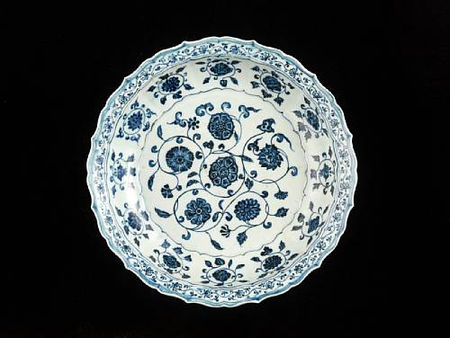
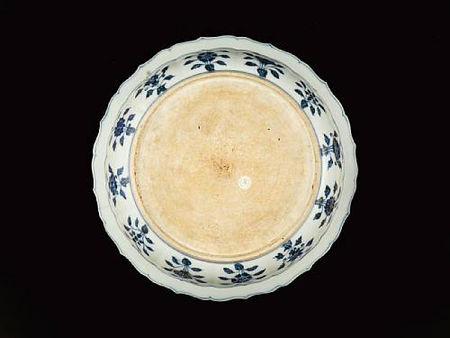
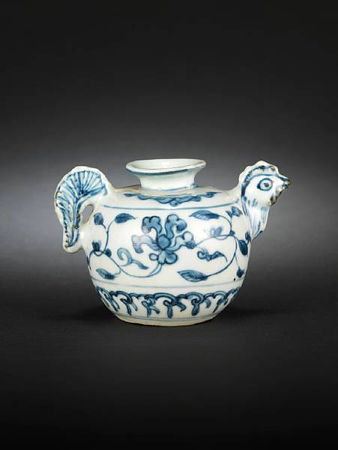
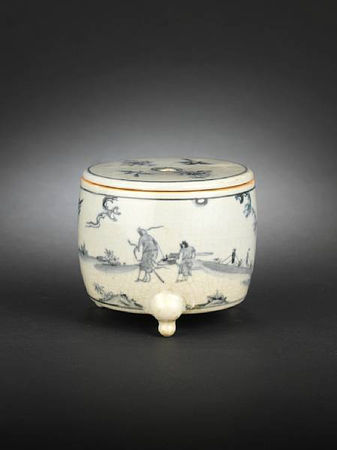
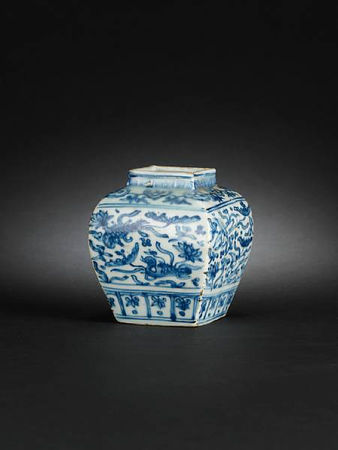
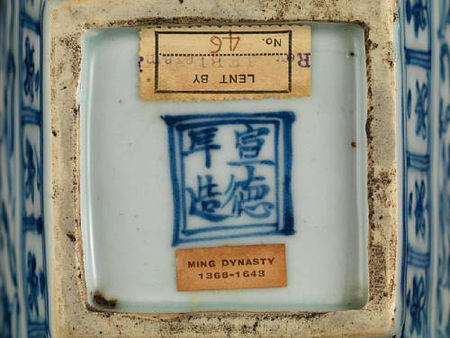

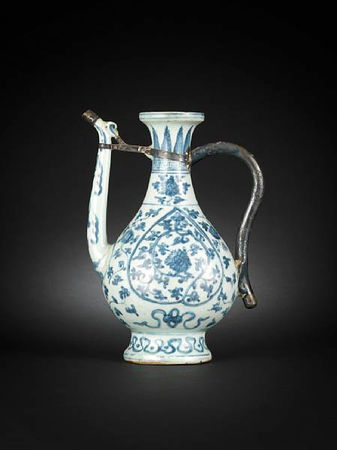
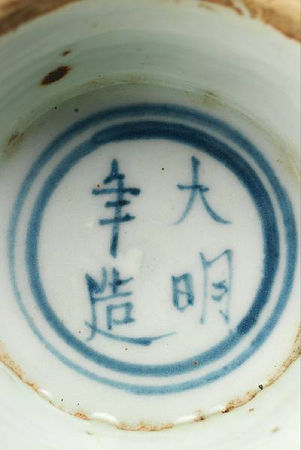
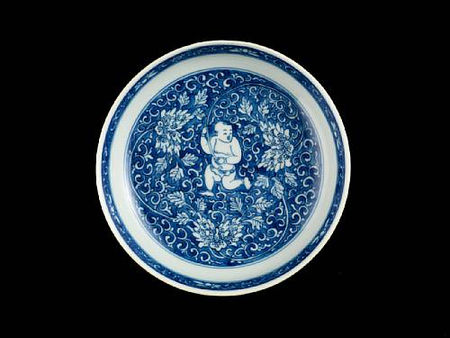



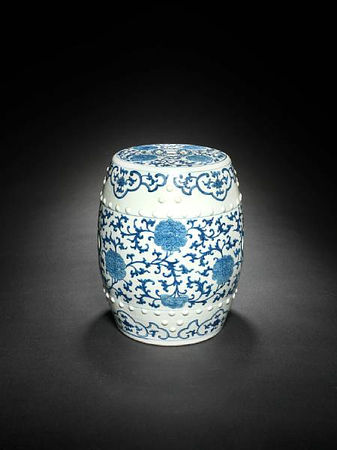


/http%3A%2F%2Fstorage.canalblog.com%2F44%2F22%2F577050%2F66285653_o.jpg)
/http%3A%2F%2Fstorage.canalblog.com%2F93%2F97%2F119589%2F66078328_p.jpg)
/http%3A%2F%2Fstorage.canalblog.com%2F22%2F94%2F577050%2F65900044_o.jpg)
/http%3A%2F%2Fstorage.canalblog.com%2F01%2F54%2F119589%2F65655636_p.jpg)